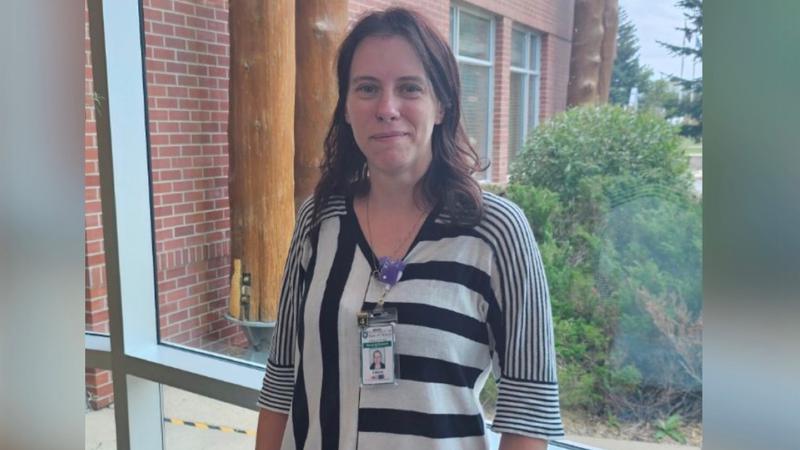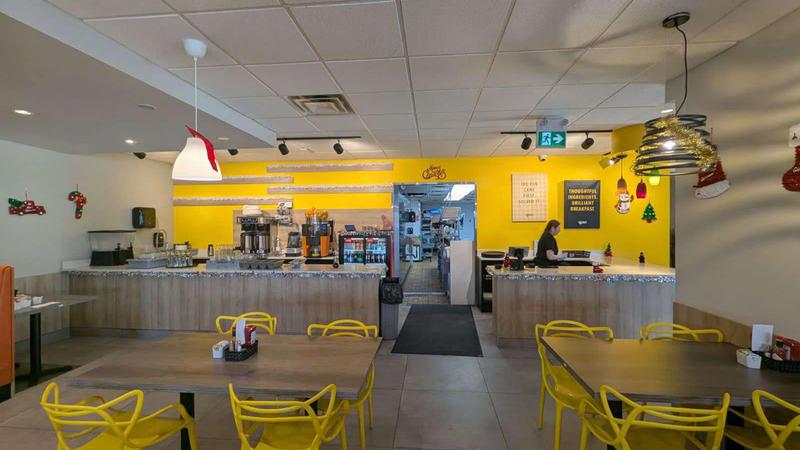
Quinoa provides an alternative for producers
MELFORT, Sask. – A Saskatoon, Sask. based company is looking for quinoa growers across the prairies.
Northern Quinoa Production Corporation (NorQuin) is offering fixed price contracts for red, black, and white quinoa.
Farm service representative Lane Christianson said quinoa is an ancient grain with a high protein and fibre content.
“It’s a healthy grain, a pseudo cereal. It’s very closely related to lamb’s-quarters. It has a starchy profile and is very healthy,” he said. “It has all nine essential amino acids that humans need. In todays’ healthy consumer environment its a good option for people.”


